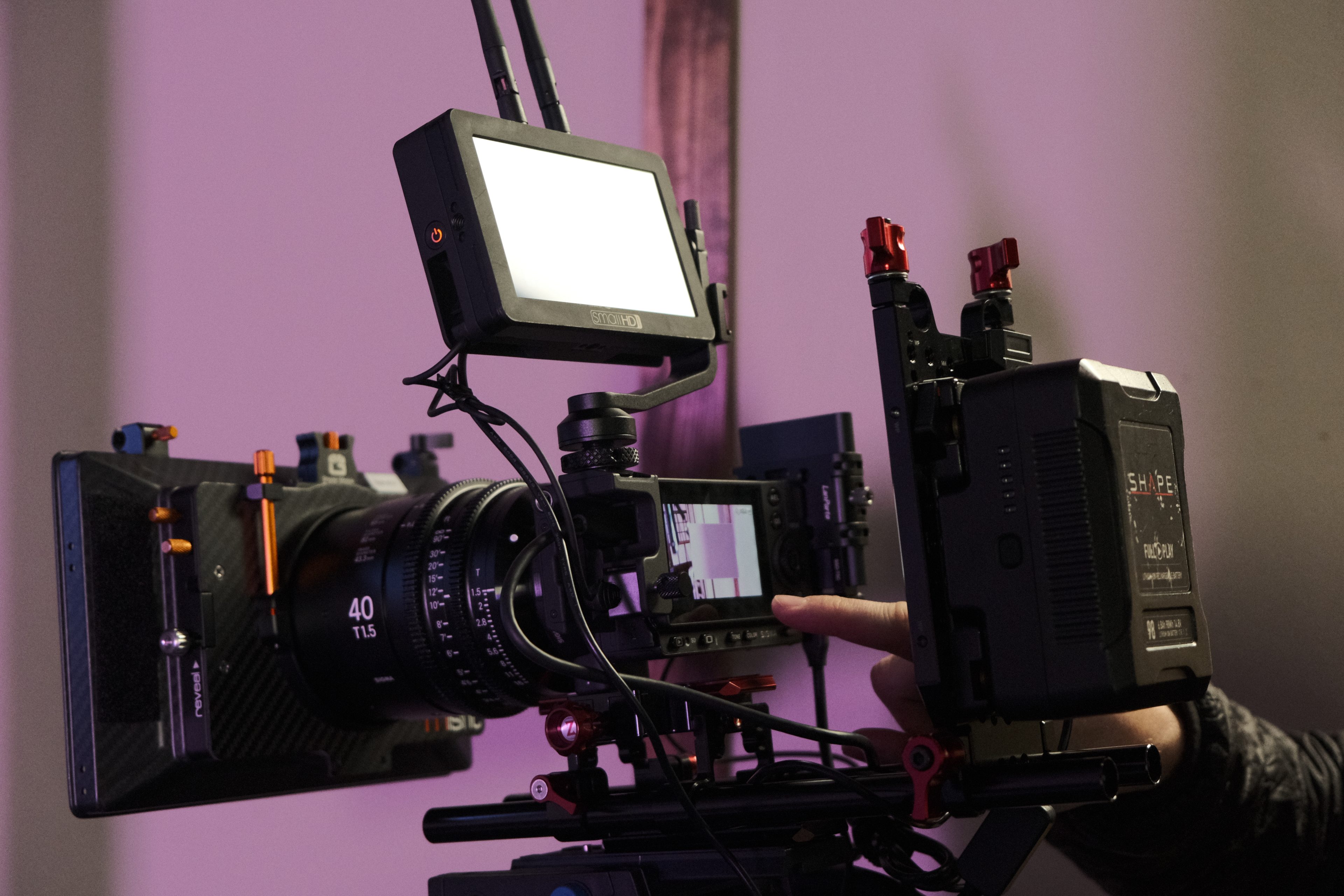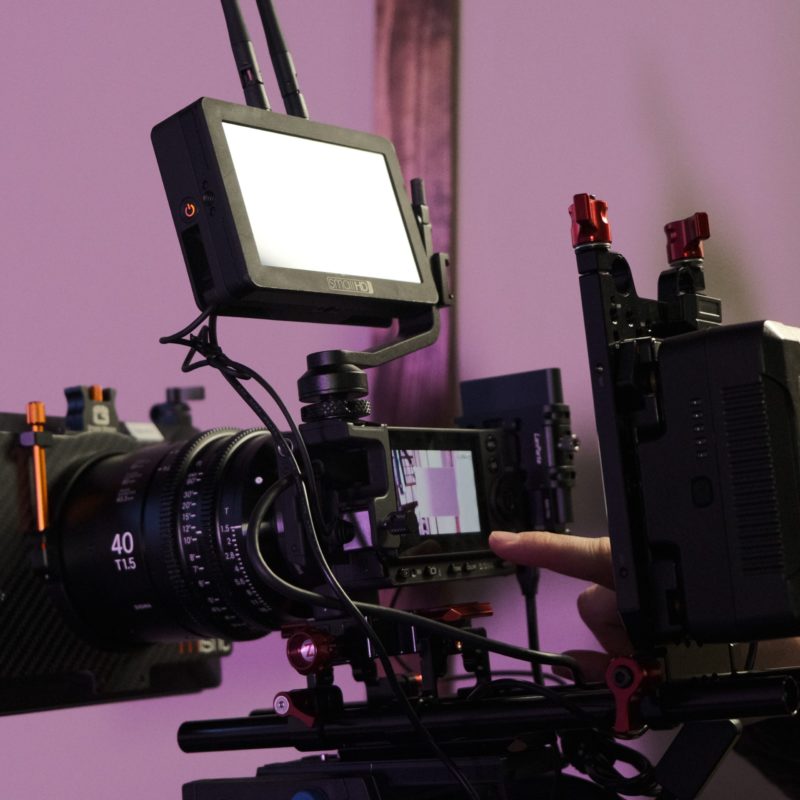
Sigma Burbank recently hosted the West Coast launch of their new fp (lowercase) camera, the world’s smallest Full-Frame mirrorless camera aimed at the cinema industry with fantastic photo performance to boot. The fp is shipping now, but as I got one of the first real-world looks at it I’ll give you the goods. Before we get to my color commentary, stats:
The Sigma fp is a 370g, 25mp, Full Frame back-illuminated Bayer CMOS sensor camera with dedicated stills and cine modes via the simple flip of a switch. Those modes are independent, so when you’re in one mode it doesn’t affect the settings of the other. It uses standard SD cards but can use USB-C SSDs as well, which is necessary for certain shooting modes. Here’s some charts for ya:
CinemaDNG
|
||||||||||||||||||||||||||||||||||||||||||||||||||||||||||||||||||||||||||||||||||||||||||||||||||||||||||||||||
MOV
|
||||||||||||||||||||||||||||||||||||||||||||||||||||||||||||||||||||||||||||||||||||||||||||||
As this isn’t a full-fledged cinema camera, for audio you’ve just got a simple 3.5mm jack. Unfortunately it took me writing this to realize I didn’t ask if there was an internal mic for scratch audio but I bet there is.
Before the event officially started I ran in to my friend Matthew Duclos, who had been shooting with the fp for a few weeks. Right off the bat we started geeking out about the fp’s ability to be used as a Directors Viewfinder. The fp (at launch) has frame guides for RED, Arri, and Sony cinema cameras, with the RED frames going up to 7K Monstro as the fp sensor is a bit smaller than the Monstro sensor. Hopefully they add Canon in the future.
During our conversation Matthew mentioned how there’s no “Directors Viewfinder-style” handle for the fp and, you heard it here first, he’s making one over at Duclos Lenses for you to buy. Come to find out he and his sister used to assemble the ubiquitous Kish Viewfinders as a kid over the summers with their father, and he wanted to make a similar handle for the fp. No idea how much it’ll be or when it’ll be available, but it’s bound to be awesome and you can’t deny the pedigree. Plus, Kish finders are $7500 whereas the fp+Duclosfinder is likely going to be less than half that. If I had to guess.
In regards to lenses, the fp is native L-Mount but you can always get adapters, with Sigma selling their MC-21 and MC-31 models to mount EF and PL lenses, respectively. The 31 is announced, with no release date at the time of this writing. One lens that stood out for me at the launch was the 35mm f1.2. I don’t know when it came out but it’s got an f-stop ring that is de-clickable! The clicks feel very sturdy but more importantly the de-clicked mode is nice and smooth and doesn’t feel cheap at all. This, along with the massive 540° focus throw, really starts to blend the cine/photo lens world.
Once we sat down we heard from Sigma Ambassadors Anabel DFlux and Graham Sheldon, who spoke about their photo and video experiences, respectively, using the fp. Flipping through examples they shot, I noted a contrasty (what I would call) “modern” image both from the video and stills side. The Low Light shots looked fantastic, with no grain to speak of, and there didn’t seem to be any gradient issues in common trouble-areas like sunsets. Nice and smooth.
One (perhaps small) feature that stood out to me was the Tone button. Recently I purchased a Fuji XT3 as an update to my decade-old D90 (It’s not even an upgrade at that point it’s a completely different universe). One of the reasons I bought it was for its SOOC jpeg performance via its customization film simulation modes. The fp has similar controls via these Tone and Color buttons, for when you want a more baked-in look, and I appreciated that being included. Just because it’s a professional camera doesn’t mean it can’t have enthusiast-level comforts. The Tone adjustments specifically let you control the highlight and shadow response (along with the Fill Light function) to dial in your image the way you might while post processing. Another button I like that’s similar to my XT3 is labeled “QS”, which is a little quick menu you can customize for control over a handful of settings.
On the cine side, you’ve got your usual Waveforms, Histograms, and Peaking as well as eye-tracking auto focus, although that’s more helpful when shooting stills in my opinion. Thankfully, the cine and still modes are kept separate, so when you adjust settings in one you don’t affect the other. Regardless of what mode you’re shooting, the 42pt weather sealing will keep your fp running in tough conditions. Graham mentioned that “Bear Grylls couldn’t kill this thing” in reference to the types of situations he was put in while shooting that show.
The camera is really designed to be small, although you can build it up to look “professional”, and as such comes with a nice little 45mm f2.8 lens that seems to perform admirably and keeps the fp in a miniature package that makes it easier to “want” to take it out with you. We all know that the best camera is the one you have with you, but it’s easy to argue that having a nicer camera with you is nicer. I can say for a fact that hauling around my RZ67 is not fun, even if the photos I get with it are great. Or can be, if I’m able to put down a tripod.
From the footage and photos we were shown, some of which got audible “wows” from the audience, I can confidently say the fp is a great image maker but I’m looking forward to getting one in my hands and seeing how it responds to my style of shooting/grading. Keep an eye on this space for that!

